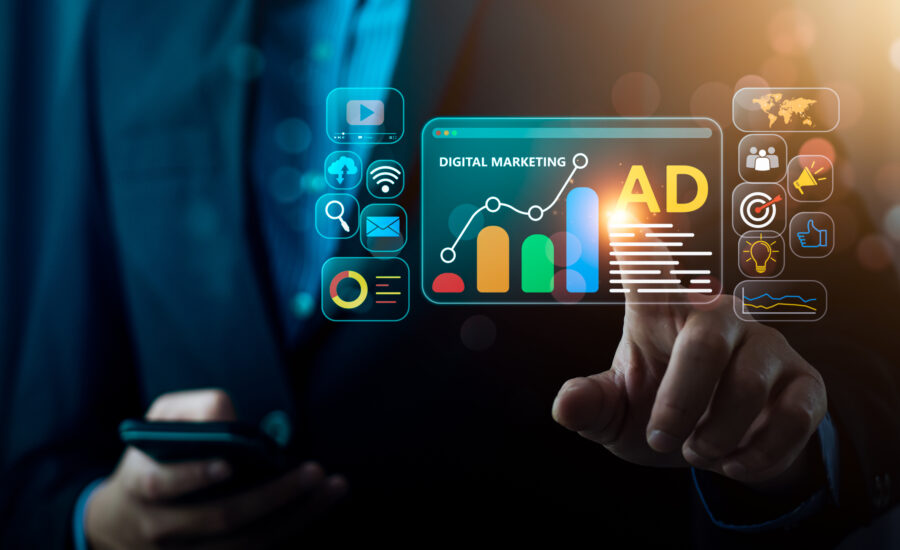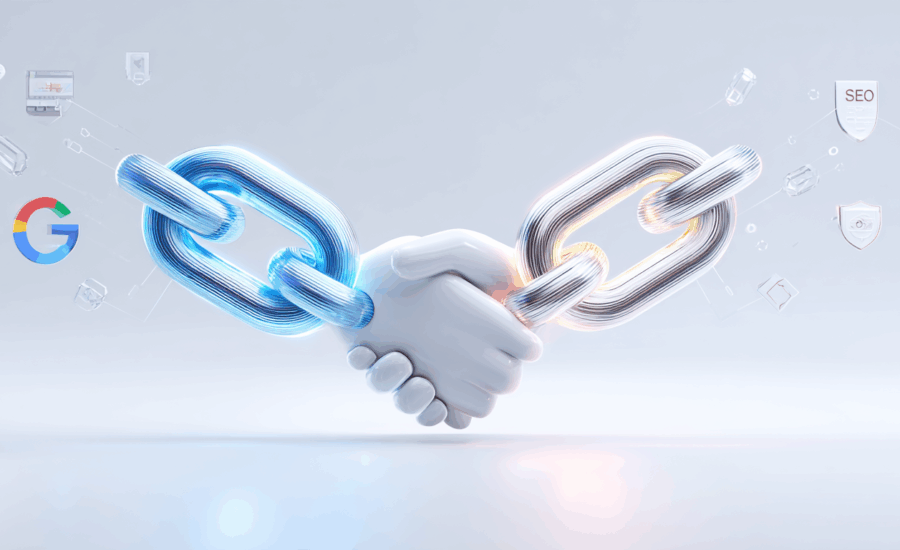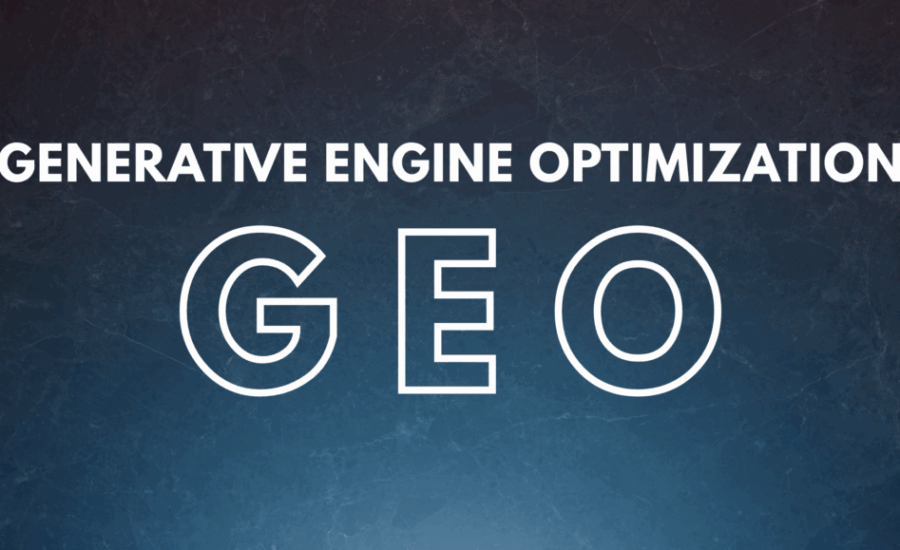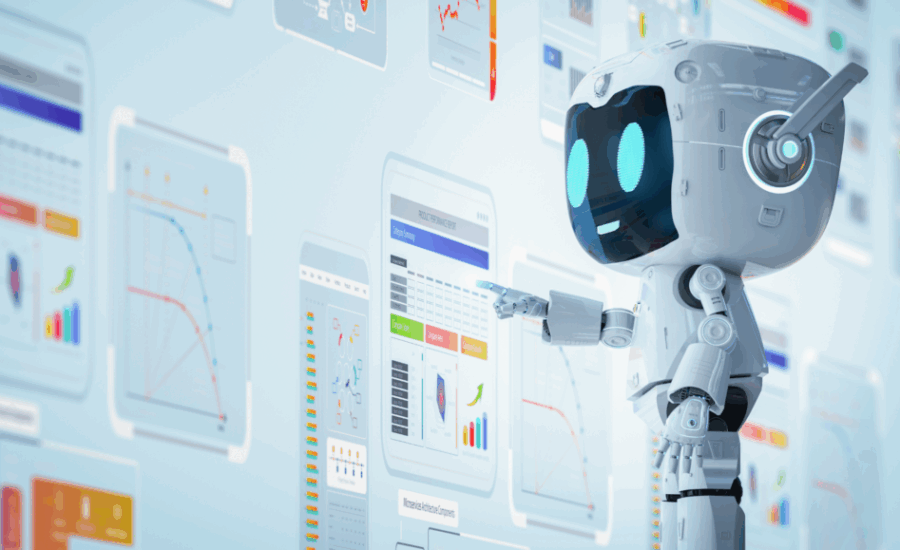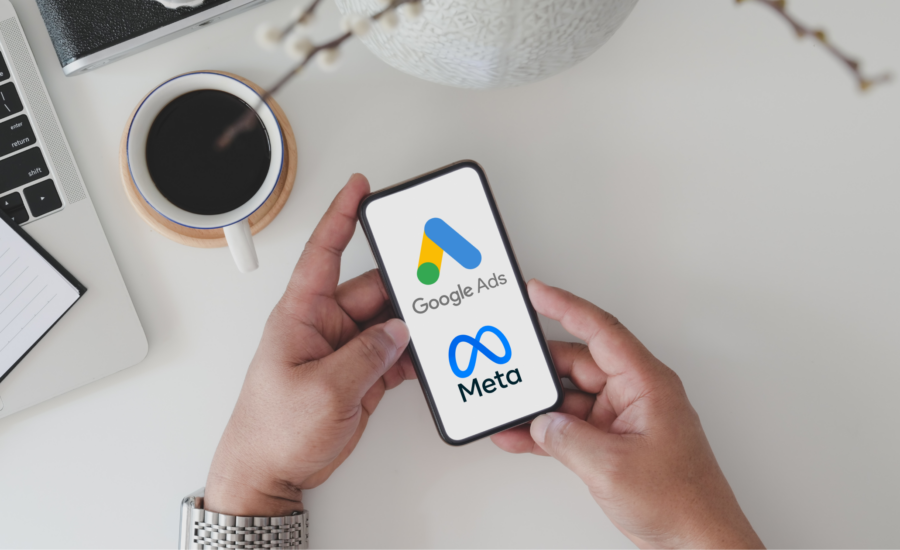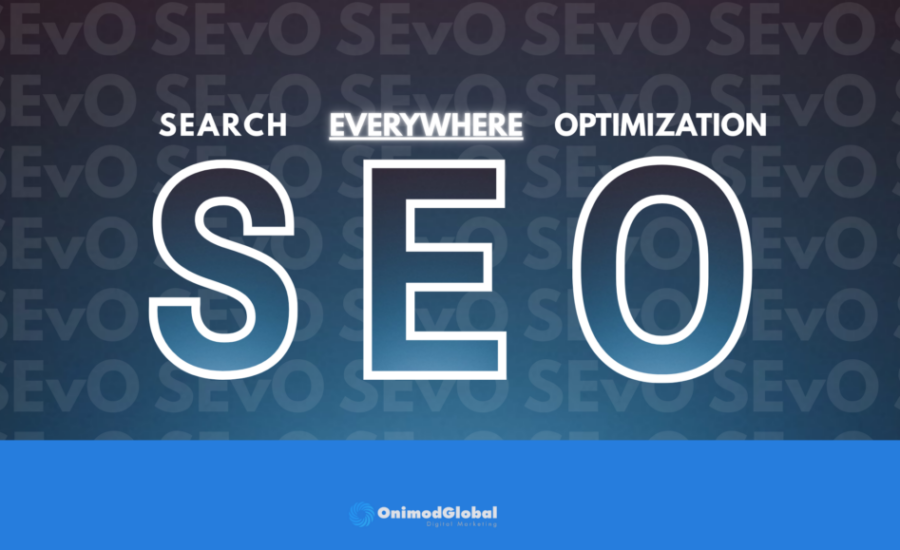Google’s shift toward AI-driven advertising has completely reshaped how brands achieve performance across Search, Shopping, YouTube, Display, and Discover. Performance Max (PMax) and AI Max campaigns now depend heavily on the quality of your website and SEO
- Home
- Tag: seo
Holiday messaging has become a strategic part of brand communication. Even in a fast moving digital landscape, thoughtful seasonal messages continue to influence customer perception, strengthen relationships, and drive engagement at a time when audiences are more
As AI continues to reshape how users discover information, some SEO fundamentals remain just as powerful as ever. One of them? Backlinks. Even as Google’s AI Overviews and tools like ChatGPT summarize content without always linking directly
Artificial intelligence has rapidly evolved from novelty to necessity. Whether you’re writing, researching, coding, or creating, there’s likely an AI tool that does it faster, cleaner, and smarter than before. But with dozens of big names competing
Search used to be simple: just Google it. But in 2025, that’s no longer the default. Thanks to generative AI, users are skipping the search engine altogether. Instead of clicking through links, they’re getting direct answers from chatbots like
With AI tools like ChatGPT and Microsoft Copilot changing how people find information, OpenAI’s GPTBot has emerged as a new force shaping the future of content visibility online. But should you allow GPTBot to crawl your website
In an era driven by data, hyper-personalization, and real-time results, the marketing world has never been more focused on ROI. Businesses of all sizes are reevaluating their strategies, weighing the legacy of traditional marketing against the agility and
Search everywhere optimization is the new SEO. Here's your search everywhere optimization (SEvO) guide and why we're Onimod Global is adopting this innovative strategy. In the digital marketing world, the term "SEO" has historically meant optimizing content
Artificial intelligence has fundamentally changed the content marketing landscape. As businesses race to harness the power of AI tools for content creation, a pressing question arises: What does this mean for search engine rankings and long-term SEO

